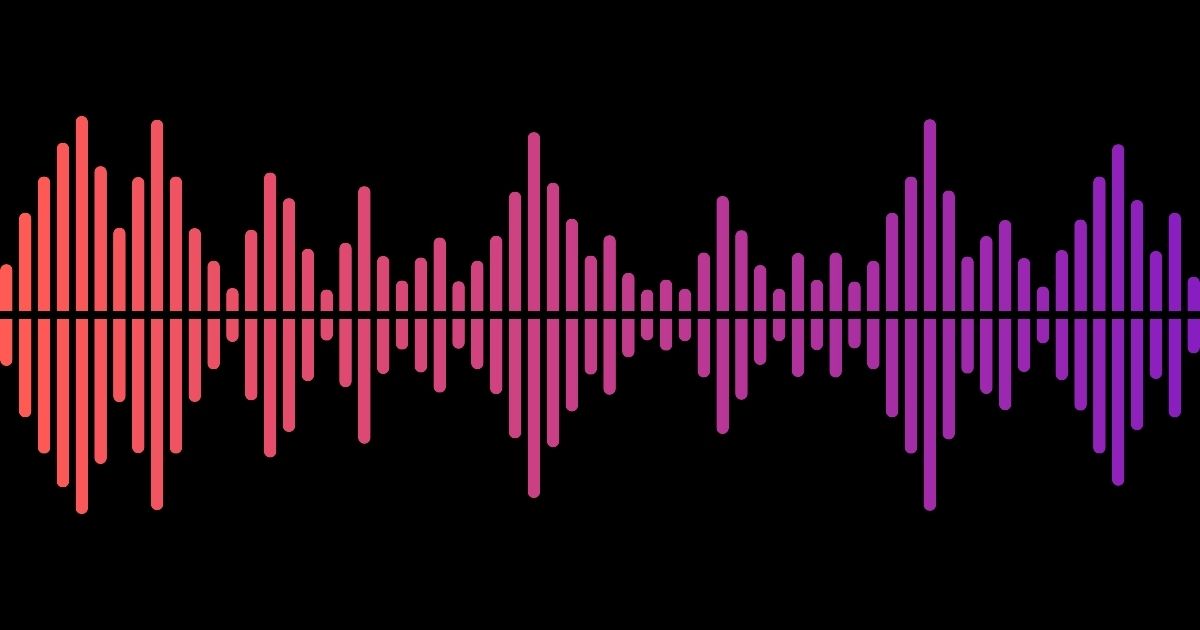How to Record on Zoom: A Comprehensive Guide

Recording Zoom meetings is essential for various purposes such as business meetings, webinars, podcasts, and customer interviews.
This guide will provide a comprehensive overview of recording Zoom meetings and when to consider using specialized tools.
Understanding the best practices for recording can help you maximize the quality and utility of your content on this popular video conferencing platform.
Why Record Zoom Meetings?
Recording Zoom meetings offers several benefits, making it an invaluable tool for both personal and professional use.
Whether you need to review important discussions or share meeting content with absentees, recordings can be highly beneficial. Moreover, they can serve as a source for creating valuable content.
How to Record a Zoom Meeting
Knowing how to record a Zoom meeting is crucial for capturing important moments and information.
This section provides a detailed guide on the prerequisites, steps, and troubleshooting tips for recording on various devices. By following these steps, you can ensure that your recordings are high-quality and easy to access.
Prerequisites
- The meeting host must enable recording permissions.
- Ensure all participants give consent to avoid recording without permission.
Step-by-Step Guide
- Starting a Recording:
- As the meeting host, click on the "Record" button at the bottom of the Zoom window.
- Choose either "Record on this Computer" for local recording or "Record to the Cloud" using the Zoom cloud recording feature.
- Stopping and Saving:
- Click the "Stop Recording" button when done.
- The recording will automatically save to your chosen location, such as Google Drive for easy access.
Device-Specific Instructions
Laptop
- Ensure your microphone and camera are working correctly.
- Follow the above steps to start and stop recording on your desktop device.
Mobile Device
- Open the Zoom mobile app and join the meeting.
- Tap "More" in the meeting controls, then tap "Record."
Tablet
- Similar to mobile, use the "More" option in the meeting controls to start and stop recording.
Troubleshooting
- Common Issues:
- Ensure you have sufficient storage space.
- Check your wired internet connection for cloud recordings.
- Tips:
- Use a high-quality microphone for better audio.
- Close unnecessary applications to improve performance.
How to Find Your Zoom Recordings
After you have recorded your Zoom meeting, it's essential to know where to find these recordings. Here's a step-by-step guide to locating your Zoom recordings:
Locating Local Recordings
- Open the Zoom Desktop Client: Sign in to your Zoom account.
- Go to Meetings: Click on the "Meetings" tab in the left corner of the interface.
- Recorded Tab: Navigate to the "Recorded" tab to see a list of all your recorded meetings.
- Find Your Recording: Click on the meeting you wish to access. The local recording file will be saved on your computer in the designated folder you selected in your Zoom settings.
Locating Cloud Recordings
- Sign In to Zoom Web Portal: Go to the Zoom website and log into your account.
- My Recordings: Click on "Recordings" in the left-hand menu to view your cloud recordings.
- Select Recording: Find the desired recording from the list. You can view, download, or share the recording link directly from here.
Google Drive Integration
If you have set up automatic recording, your Zoom cloud recordings can also be saved to Google Drive. Ensure this integration is enabled in your Zoom settings.
By following these steps, you can easily locate and manage your Zoom meeting recordings, whether they are stored locally or in the cloud.
When to Use Zoom Recordings
Zoom's built-in recording feature is ideal for many scenarios, offering a convenient way to capture meetings. Some common use cases include:
- Small Team Meetings: Easily share and review discussions.
- Internal Training Sessions: Create training materials.
- Simple Podcasts and Interviews: Use Zoom for straightforward recording needs.
Consider using AI software like SummarAIze to repurpose Zoom meeting recordings into various content formats such as social media posts and blog articles.
SummarAIze also has a native Zoom integration to easily repurpose recordings.
Limitations of Zoom Recordings
While Zoom is a great tool for recording, it has some limitations that you should be aware of.
These include potential issues like:
- Audio and Video Quality: May not be as high as dedicated tools.
- Lack of Advanced Editing Features: Limited post-production capabilities.
- Storage Constraints: Cloud storage may fill up quickly.
Specialized Tools for Recording
Specialized tools can offer significant advantages over Zoom’s built-in recording features, especially for specific needs like podcasting or webinars.
This section will explore various tools tailored for different purposes, highlighting their benefits and how they can be used alongside or instead of Zoom.
Podcast Recording Tools
- Examples: Riverside.fm, Zencastr.
- Benefits: Higher audio quality, dedicated podcasting features.
Pair these tools with AI software like SummarAIze to repurpose content into social media posts, email newsletters, and more.
Webinar Recording Tools
- Examples: GoToWebinar, WebinarJam, Goldcast.
- Benefits: Advanced audience engagement features, better video quality.
Customer Interview Recording Tools
- Examples: Otter.ai.
- Benefits: Transcription services, higher quality recordings.
Streaming Tools
- Examples: Streamlabs, StreamYard, Restream.
- Benefits: Offer advanced features for live streaming and recording, including customizable overlays, multi-platform streaming, and integrated chat functionalities.
Other Third-Party Tools for Recording
Third-party tools can provide enhanced control over your recordings, offering features that might not be available in Zoom.
In this section, we’ll look at some popular third-party tools and Zoom meeting assistants that can improve your recording experience.
Popular Third-Party Tools
- Examples: ScreenFlow, OBS Studio.
- Benefits: Enhanced control over recording settings, better integration with other software.
Zoom Meeting Assistants
Best Practices for Recording Zoom Meetings
To ensure high-quality recordings, it’s important to follow best practices. This includes using the right equipment, setting up your recording environment properly, and ensuring participant consent.
Adhering to these practices will help you achieve professional-quality recordings.
- High-Quality Audio and Video:
- Environment Setup:
- Ensure a quiet, well-lit space.
- Participant Consent:
- Always inform participants that the meeting is being recorded.
Final Thoughts on How to Record on Zoom
Choosing the right tool for your recording needs is crucial. Zoom recordings are convenient for many scenarios, but specialized tools and AI software can significantly enhance the quality and utility of your content.
Explore options like SummarAIze to maximize the value of your recordings by repurposing them into various content formats.
How to Record on Zoom FAQs
How do I record my Zoom meeting?
To record your Zoom meeting, follow these steps:
- Start or join a Zoom meeting.
- Click the "Record" button at the bottom of the Zoom window.
- Choose between "Record on this Computer" for local recording or "Record to the Cloud" for cloud recording (available for paid accounts).
- Manage the recording using the pause and stop buttons as needed. For mobile devices, tap "More" in the meeting controls and then "Record to the Cloud."
Why can't I record on Zoom?
There could be several reasons why you can't record on Zoom:
- Recording permissions: Ensure the host has enabled recording permissions for participants.
- Account type: Cloud recording is only available for paid Zoom accounts.
- Device: Mobile and tablet recordings are limited to cloud recording for paid accounts.
- Zoom settings: Check your Zoom settings to ensure recording is enabled.
How to record a presentation in Zoom?
To record a presentation in Zoom:
- Start or join a Zoom meeting.
- Click "Share Screen" and select your presentation.
- Click "Record" at the bottom of the Zoom window.
- Deliver your presentation while recording.
- Stop the recording when finished by clicking the "Stop Recording" button. You can record the presentation locally or to the cloud depending on your account type.
Can I record a Zoom meeting if I am not the host?
Yes, but you need the host’s permission. The host can enable recording for participants by:
- Clicking on "Participants" in the meeting controls.
- Hovering over the participant's name and clicking "More."
- Selecting "Allow Record" to grant recording permissions.
Where is record on Zoom app?
In the Zoom app on mobile devices, the "Record" option is located under the "More" menu (three dots) at the bottom-right corner of the screen. Tap "More" and then select "Record to the Cloud" to start recording.
Can I use Zoom to record a video of myself?
Yes, you can use Zoom to record a video of yourself. Simply start a new meeting without inviting participants, and click the "Record" button to start recording your video. This can be useful for creating tutorials or video messages.
How to record my Zoom call outside of Zoom?
To record your Zoom call outside of Zoom, you can use third-party software such as OBS Studio, ScreenFlow, or Camtasia. These tools offer advanced recording features and greater control over the recording settings:
- Open the third-party recording software.
- Start your Zoom meeting.
- Use the software to capture your screen and audio during the Zoom call.
- Save and edit the recording using the third-party software.
Can I record my Zoom meeting without permission? And is it legal?
Recording a Zoom meeting without permission is generally not allowed and may be illegal depending on your jurisdiction. Always seek consent from all participants before recording. Unauthorized recording could violate privacy laws and Zoom's terms of service.
Turn your audio and video content into 100s of assets in minutes
With SummarAIze, you no longer have to repurpose your content manually.
Use our AI to 10x content you've already produced and help distribute it across multiple channels.
Related articles

Podcast Marketing: Proven Strategies to Grow Your Audience in 2024

Podcast Name Ideas: Tips, Frameworks, and Examples

